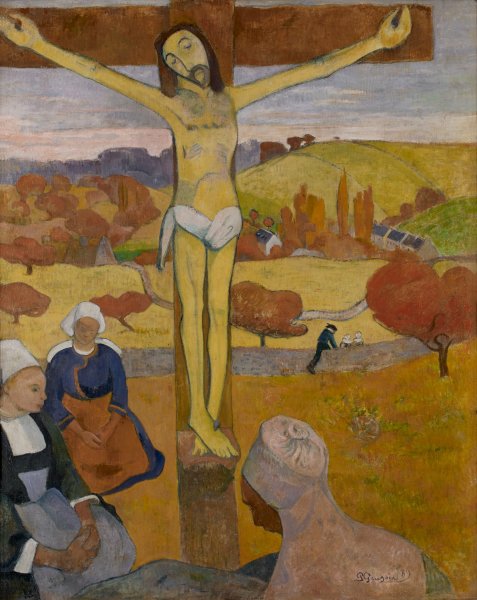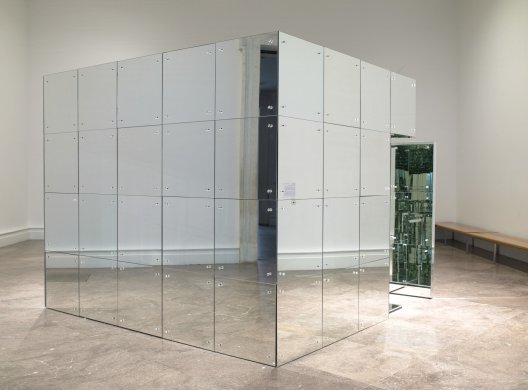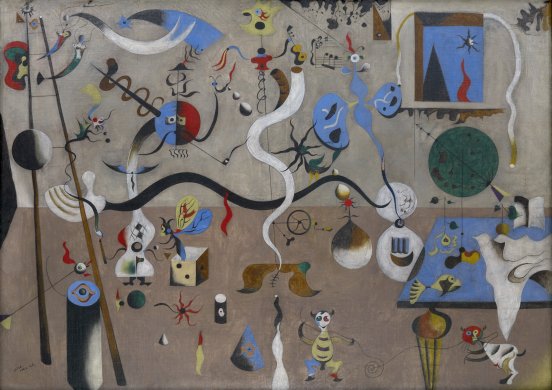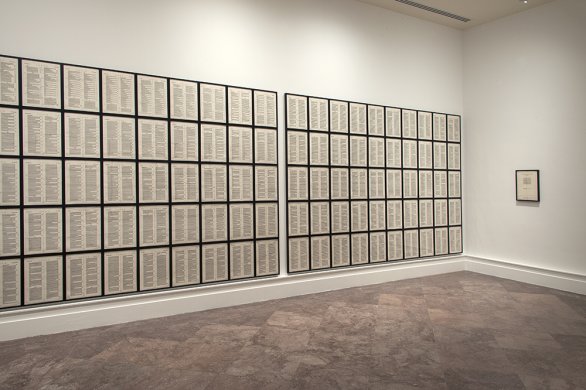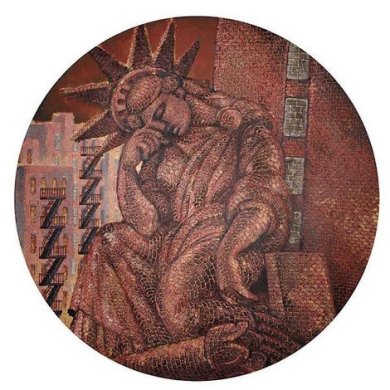Director’s Lecture Series 2016–2017, Lecture 3: Paul Gauguin’s The Yellow Christ, 1889
Tuesday, November 15, 2016
6:30 pm - 8 pm EST
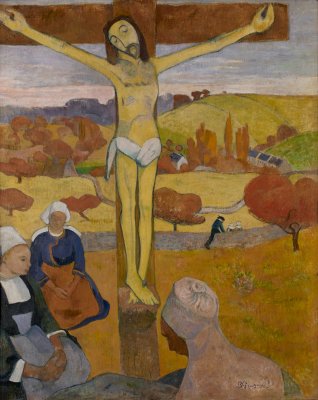
Paul Gauguin (French, 1848–1903). Le Christ jaune (The Yellow Christ), 1889. Oil on canvas, 36 1/4 x 28 7/8 inches (92.1 x 73.3 cm). Collection Albright-Knox Art Gallery, Buffalo, New York; General Purchase Funds, 1946 (1946:4).
5:30–6:30 pm, Reception
6:30–7:30 pm, Lecture
7:30–8 pm, Questions & Conversation
$85 general admission
$65 for Members (FREE for Members at the Andy Warhol Circle and higher)
$35 for students (with valid student ID)
Series Tickets and Scholarships
Auditorium
In the summer of 1886, Paul Gauguin visited the small village of Pont-Aven in Brittany where he became fascinated with the history of peasant life and its traditional costumes, customs, and rituals. Over the course of the next several years, he painted numerous scenes of peasant life and the countryside, including The Yellow Christ. Gauguin said he chose the color yellow to convey how he felt about the isolated life and piety of the peasants, several of whom are depicted dressed in their distinctive regional costume and kneeling at the foot of the cross. The simplicity and directness of Breton peasants greatly appealed to Gauguin, who made his famous protest against Western sophistication by exiling himself to the South Seas not long after completing this painting. Brittany was Gauguin’s first step away from Paris, and his works completed during this time mark a major stylistic departure from Impressionism and a significant contribution to late-nineteenth-century art.
About the 2016-2017 Director's Lecture Series
This year’s Director’s Lecture Series presents the story of six timely—and timeless—works of art that help define the continuing greatness of the Albright-Knox Art Gallery. The series is designed by Peggy Pierce Elfvin Director Dr. Janne Sirén and presented by Dr. Sirén, Deputy Director Dr. Joe Lin-Hill, and Senior Curator Dr. Cathleen Chaffee. Learn More and View Series Schedule
